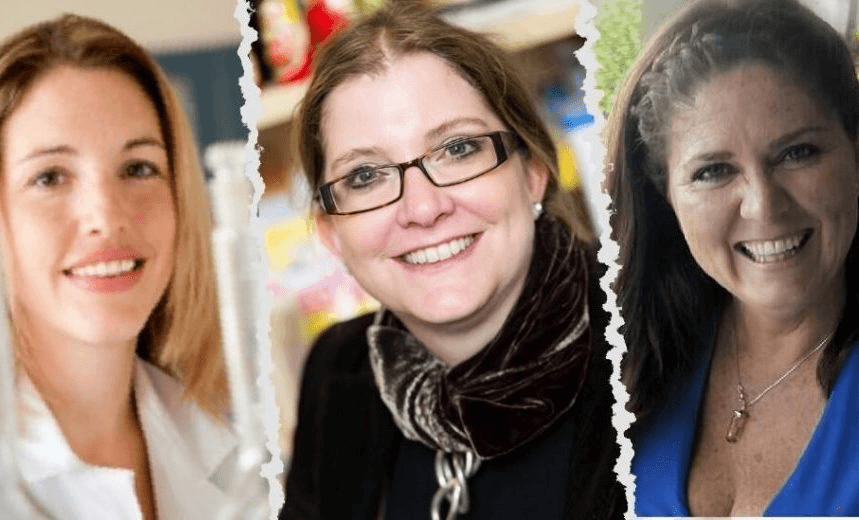Three women at the forefront of nano science discussed their work and the hurdles they faced during the AMN8 conference this week.
The 11-year-old girl in the front row raised her hand.
“I have a comment rather than a question,” she told the panel of three women scientists. “I’m really impressed because you followed your dreams and it all worked out well.”
The conference room in the Queenstown hotel was packed with members of the public to hear from those scientists, whose careers started with innocuous beginnings.
Carla Meledandri, Silvia Giordani and Natalie Stingelin all spoke about their journeys from small towns in America, Switzerland and Italy to lives that have traversed the globe, all propelled by scientific endeavour.
The three women were in Queenstown for AMN8 – one of the largest material science and nano technology conferences in the southern hemisphere.
Conference chair Paul Kruger said the calibre of the scientists was “phenomenal” but in material science the gender balance frequently skewed towards men.
“It’s often a difficult path.”
The three women’s science spans working with nano technology, molecular chemistry and new polymers. The event was a celebration of their research but also a way to highlight possible career paths for young people, particular girls, who may not have thought that science was for them.
“My story starts in the middle of nowhere in Minnesota,” said Dr Meledandri. “If you told me that I would end up being a scientist in New Zealand I would never have believed you.”
She now works with nano materials that are 100,000 times smaller than width of a human hair. Meledandri uses their curious properties to develop ways of solving common medical problems. For example on the nano scale, silver takes on high antimicrobial properties. They fight bacteria. They are also small enough to enter human cells so could have huge consequences for areas like dentistry which has long looked for ways to better manage things like tooth decay and gum disease.
Professor Natalie Stingelin originally wanted to become an architect but in the days before computers they were required to make large construction drawings and, as a left-hander, she would always smudge her work. Instead she became a materials engineer which led her to working with new forms of plastics that can do everything from reflecting and absorbing light to conducting electricity.
Dr Silvia Giordani said science opened the door to the world for her. She had worked everywhere from her native Italy, to Miami and Ireland. She started her career looking at molecules and how they could be engineered to take on different properties before turning her attention to nano science. She has now created what is known as a “nano onion” – a tiny material that can potentially help better deliver drugs into human cells.
All said they had been inspired by a teacher at secondary school to follow science. However, there had been challenges. In many of their classes they were one of only a handful of women, compared to dozens of men. They had been treated differently because of their gender but said they had pushed through because of their passion and motivation for their fields.
“We just want to be treated in the same way,” Giordani said.
Stingelin said part of the problem was getting over stereotypes in potential vocations.
“Gender does’t matter with this.”
Meledandri said it was encouraging that at conferences like AMN8 there were more and more women who were being featured as plenary speakers.
She said it was important so younger female scientists could see that there was equity in who was doing the speaking.
Not that the girl in the front row necessarily wanted to become a scientist. But she was inspired, and that is half the battle.

